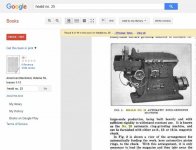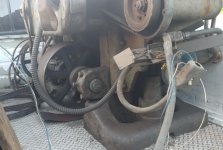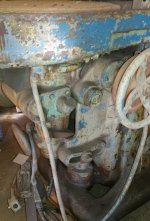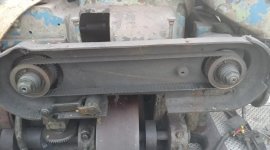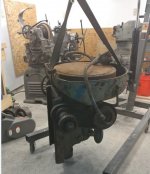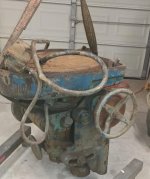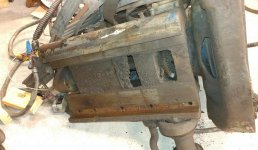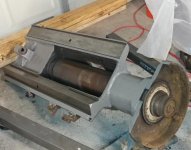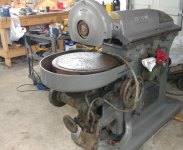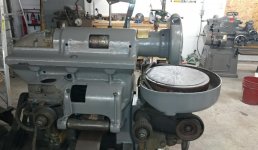texasgeartrain
Titanium
- Joined
- Feb 23, 2016
- Location
- Houston, TX
I have been keeping my eyes open locally for a regular back and forth surface grinder like a Reid, B & S, or maybe a Doall. Well I came across this Heald No 25 rotary grinder and thought I'd have a look. Though I wasn't looking for a rotary, I got a fair deal on it, and thought it was a pretty interesting machine so I'm giving it a shot to see how well I can get it up and running.
Its pretty filthy and kind of in rough shape, but I figure I'll tear it down and go through it And we'll see how it does.
It has a 20" mag chuck and a 10hp motor.





Its pretty filthy and kind of in rough shape, but I figure I'll tear it down and go through it And we'll see how it does.
It has a 20" mag chuck and a 10hp motor.







